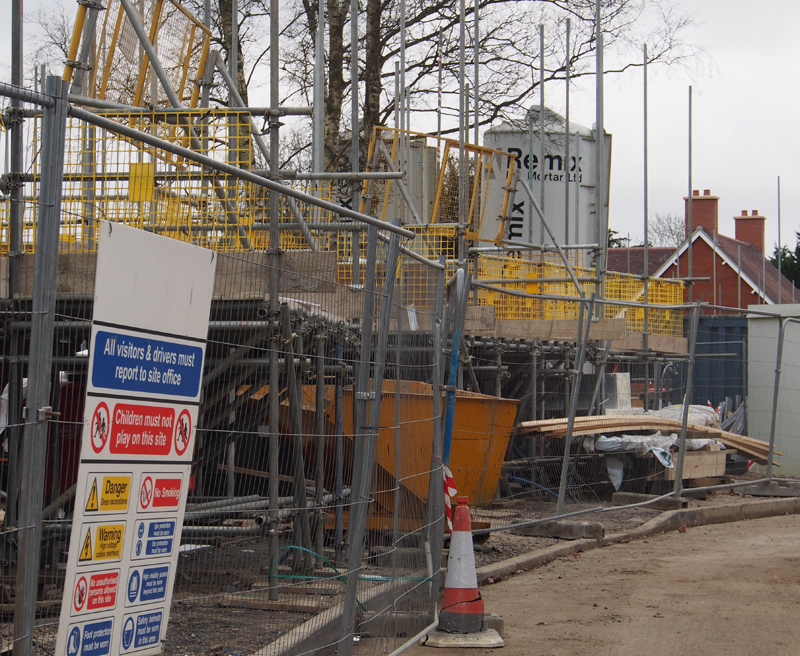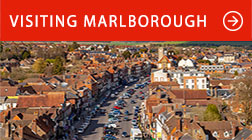
Andrew Seaman, who is testing the Council’s core strategy to see whether it is ‘sound’, says they may have underestimated the need for new homes in the county by as much as 7,000 homes – nearly one fifth.
He has told the Council he has evidence that the county’s need over the period may be as high 44,000 new homes.
The Council’s core strategy, which covers many issues in addition to housing, was due to be adopted by ‘spring/summer 2014’. It may now be delayed further as the Council find answers to the six main problems Mr Seaman has identified after hearings held last summer.
His letter to the Council does not mention Marlborough or the Salisbury Road development. But it is clear that until the strategy is agreed and adopted no work on the Salisbury Road site’s 220 or more homes can begin.
Similarly, no final decision can be taken on that site’s precise extent. One of the consideration’s Mr Seaman was asked to look at is the distance the development will be allowed to extend into the second, western field and up the hill towards the skyline.
Other issues the Inspector is raising with the Council include the amount of affordable housing the Council proposes to impose on developments and the provision for gypsy and traveller accommodation.
Mr Seaman describes affordable housing as an ‘important matter’ and believes the Council’s target of 40 per cent affordable homes in every development of five or more houses is unlikely to be met. In his letter to Wiltshire Council he writes: “…the Core Strategy can reasonably be aspirational but must also be capable of effective delivery.”
On the second point, Mr Seaman tells the Council they must re-visit their evidence for the number of traveller sites and especially the needs of travelling show-people “…with a view to ensuring that it does not underestimate the requirements for the remainder of the Plan period.”
The Inspector’s two other main issues concern the choice of development land east of Chippenham and the Council’s policies on ‘retail frontages’ and re-defining the extent of town centres.
There are other matters which will be addressed in Mr Seaman’s final report “…albeit many aspects of the plan appear justified, positively prepared, consistent with national policy and likely to be effective in their implementation.”
It is not clear whether any of these will impact on the Marlborough area. However, if the Inspector’s figure of 44,000 new homes to be built in the county by 2026 is accepted, the pressure on the Council to find new sites and maximise house numbers will be intense.
It seems clear that with the larger total target for the county, the maximum number of homes would be agreed for the Salisbury Road site. This in turn threatens the Town Council’s hopes that a hotel will be included in the Salisbury Road site.
One house builder who prefers not to be named, told Marlborough News Online that allowing for height restrictions on the new buildings and the need for parking and outbuildings, putting a hotel on the Salisbury Road site could reduce the number of homes by between ten and fourteen – depending, of course, on the size of the homes.








